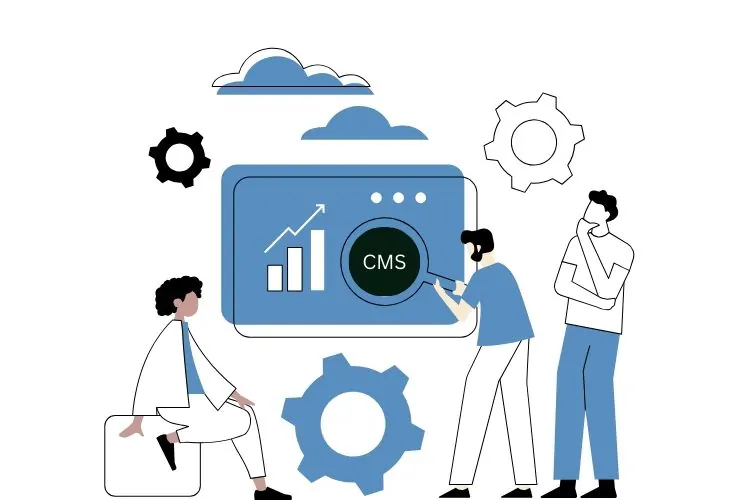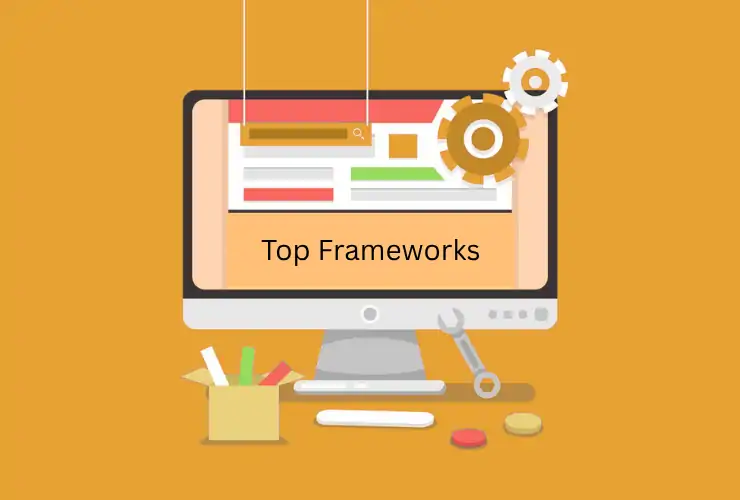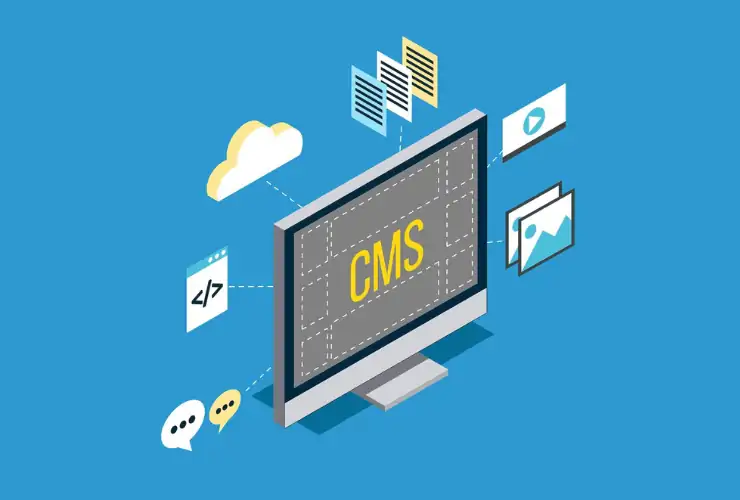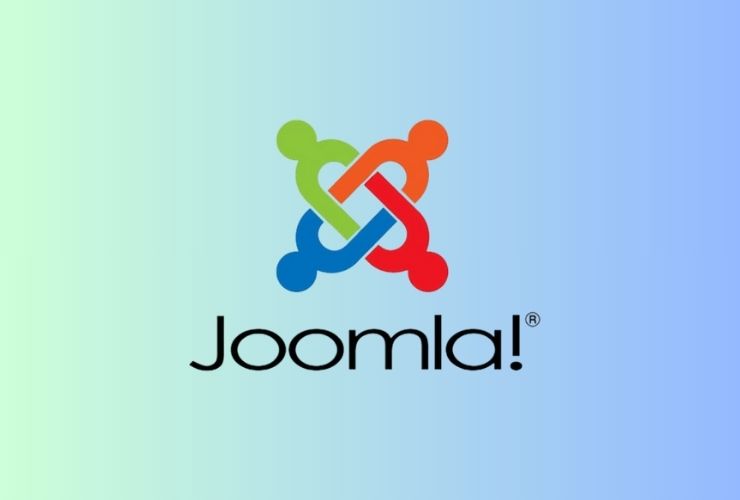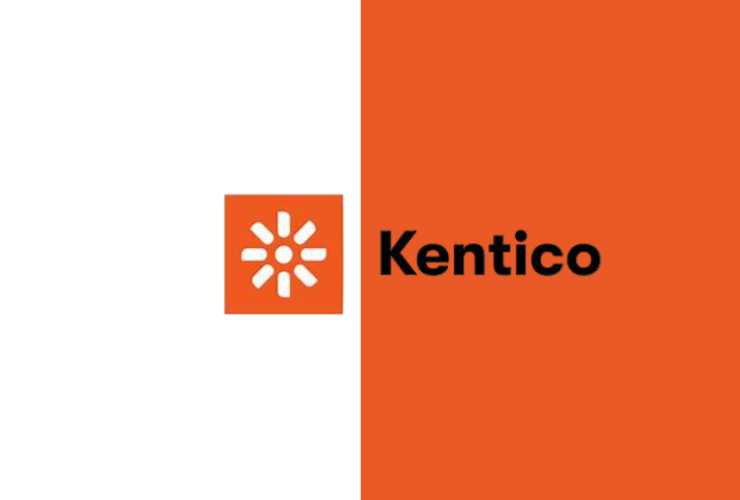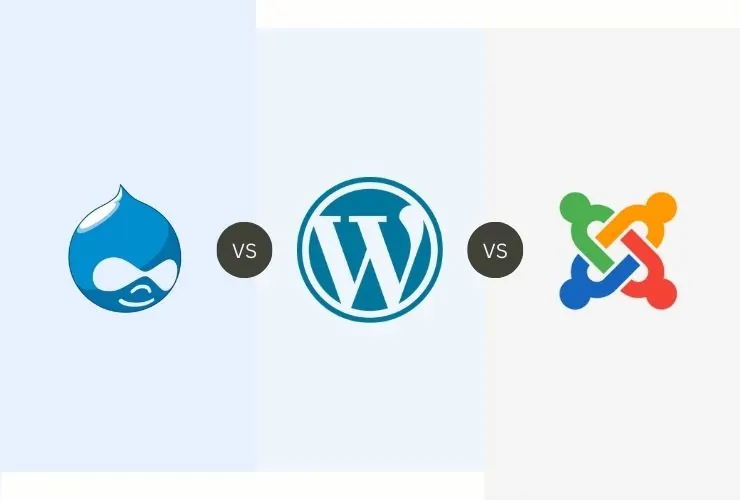The web’s original CMS for bloggers, small business, and even enterprises has been WordPress, thanks to its ease of use, a vast array of plugins, and flexibility. Currently, WordPress powers over 40% of the web. However, in an age where digital experiences require the ability to provide dynamic content, cross-platform publishing, and superior performance, the archaic WordPress stack can become overwhelming and bottlenecking to the development process.
Headless WordPress is a modern way to use WordPress by separating the frontend from the backend. It allows developers to use the latest frontend technologies while still leveraging WordPress as a powerful content management system.
What is a Headless CMS?
A headless CMS is a regular CMS that retains its back-end content management, exposes that content through APIs, and does not have a front-end presentation layer. More plainly put, a headless CMS removes the “head” (front-end) from the “body” (back-end).
With WordPress as a Headless CMS:
- Content editors still use WordPress admin panel to create and edit their content.
- Developers can use React, Vue.js, Angular or mobile frameworks – or anything else they want – to develop their front-end.
- Deliver content and media via REST API or GraphQL.
Headless WordPress provides elevated opportunities for faster implementation (after the initial build) and flexibility and scalability for the end user’s digital experience.
Advantages of Using WordPress as a headless CMS
1. More Flexibility in Frontend Development
Taking into consideration that existing themes and custom themes are limited to traditional WordPress themes, developers that prefer to build using modern JavaScript frameworks, will be severely discouraged by the fact that they have to develop in whatever theme they had chosen. With headless WordPress the frontend is now in your hands. You can:
- Create a dynamic Single Page Application (SPA) like React or Vue.
- Create server-side rendered apps like Next.js or Nuxt.js.
- Create a blazing fast static site using a static site generator (for example Gatsby).
2. Better Performance and Speed
Speed is important for user experiences and search engine optimization (SEO). With a headless architecture:
- You can have everything generated statically and they are served over a CDN.
- You can create fast websites without worrying about server-side rendering delays.
- You can expect fast load times, lower bounce rates, and higher SEO ratings.
3. Better security
With a headless architecture, your WordPress installation is not publicly exposed:
- The WordPress backend is behind a wall or private network.
- The public frontend cannot access any core WordPress files.
- You will have the least attack surface with less likelihood from bots or bad actors to create vulnerabilities.
4. Omnichannel Content Delivery
Headless WordPress helps you to write once, publish everywhere:
- Websites
- Mobile apps
- Smart TVs
- Wearables
- Digital interactive kiosks
- Voice assistants like Alexa or Google Assistant
You can guarantee consistency across platforms and devices, which is vital to brands wanting avoid brand leakage.
In common use cases
It appears that companies who have a sizable user base as well as highly unique UI requirements typically prefer a headless configuration for performance as well as for the freedom it allows developers.
- In mobile apps, Developers can now create native apps in Swift or Kotlin and easily pull content from WordPress directly through the API right back into their apps.
- For multichannel publishing, A headless WordPress serves the purpose of being the content hub, publishing across websites, apps, digital signage, and possibly VR.
- When used in Jamstack websites, Utilizing WordPress in combination with frameworks like Next.js and Gatsby allows the advantages of both worlds, dynamic content with static performance.
- If you run a content-heavy platform, This means on things like news portals, media sites and digital magazines that need complex layouts, periodic updates with high content throughput.
There are potential challenges to consider:
Although the pros are many, a headless approach is not always the right option for every project. Potential cons to consider:
- Increased Development Time & Cost: It can sometimes cost more initially and take longer to develop. This approach requires knowledgeable front-end and back-end developers.
- Lack of Native Preview Options: Currently editors do not have in-line previews nor can they see a real preview of what changes they’ve made unless of course, specific custom preview packages are put in place as a work-around.
- Dealing with Plugin Compatibility: Many WordPress plugins are dependent on standard rendering and operation and will not operate normally in a headless design.
- Maintenance Complexity: Leveraging two different code bases (frontend and backend) can make maintenance a little more complex.
Conclusion
Headless CMS built on WordPress offers a bright promise for organizations and developers that want to create modern, scalable, high-performance digital experiences. It combines the robust, secure back-end power of WordPress with innovative, flexible, future-proof front-end frameworks.
So, whether you are creating a super-fast static page site, a scalable enterprise web application, or a unified omnichannel content platform, headless WordPress will give you the layers and functionality to do it.
Of course, like all technology decisions, ensuring headless is the best option for your project solution will still depend on your project’s specific needs, team capabilities, and strategies for future growth.
At Empirical Edge Inc. We offer custom CMS development services tailored to the needs of your organization—whether it is WordPress, Drupal, or a headless or enterprise CMS. Let us help you build scalable, secure, and easy-to-manage sites, and stay on the cutting edge of your website’s security.





